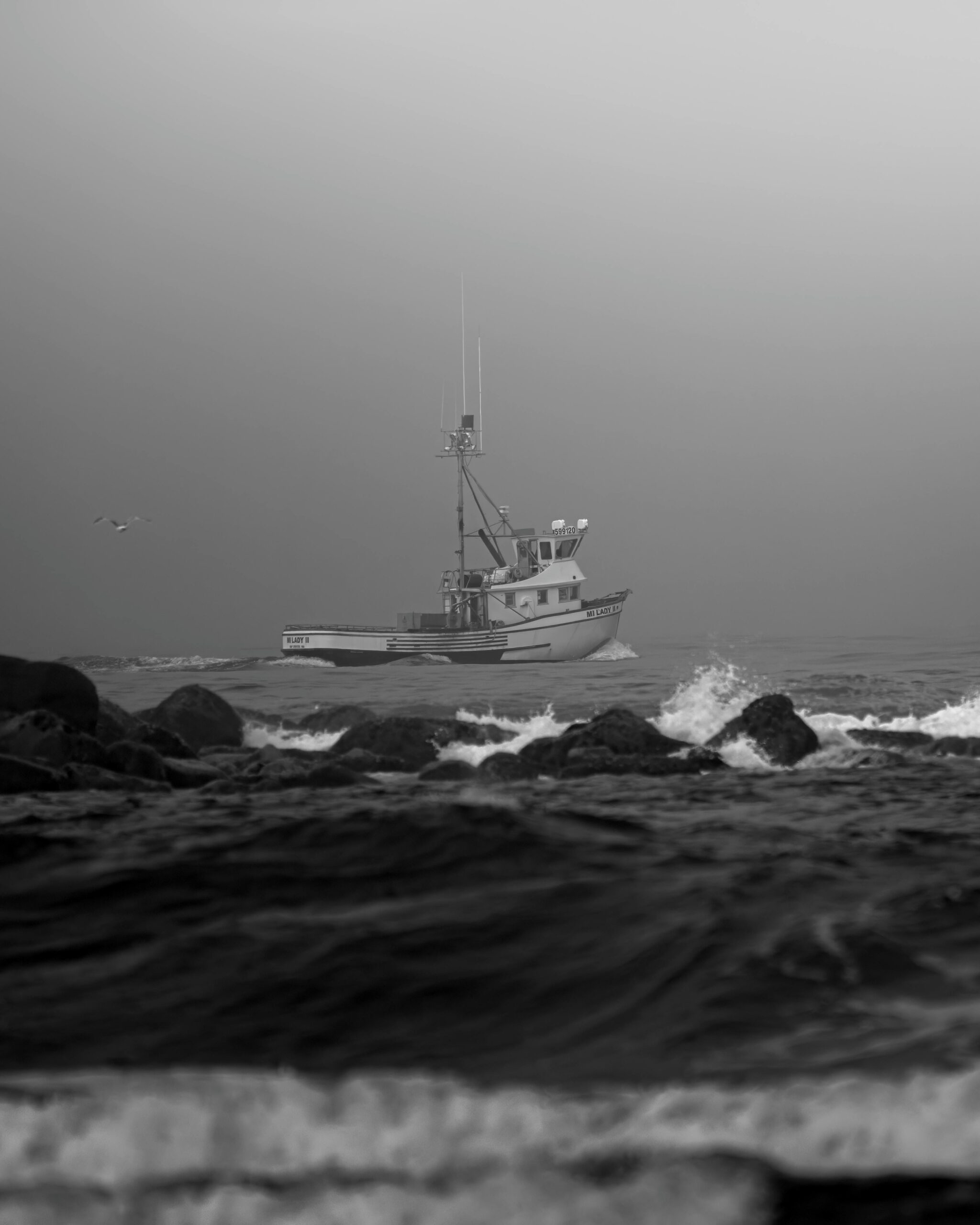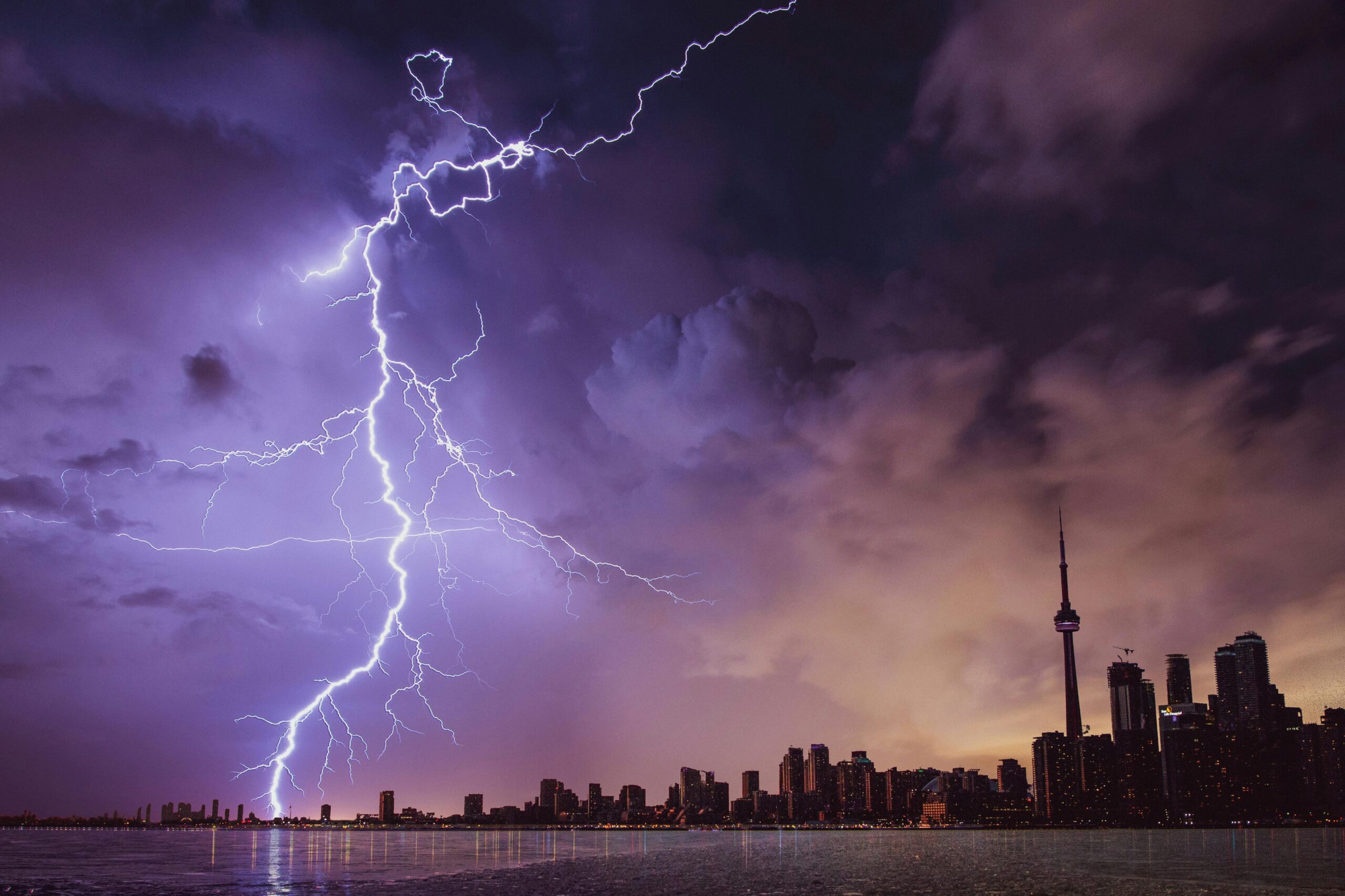Boating enthusiasts cherish the freedom and adventure that comes with being out on the water, but unpredictable weather can quickly turn a pleasant outing into a perilous situation. Whether you’re navigating Canadian waters or elsewhere, being prepared for storms is essential to ensure the safety of yourself and your passengers. Here are ten crucial tips for boating in bad weather:
1. Stay Informed with Weather Forecasts
Before taking off for the day, always check the weather forecast from reliable sources like Environment Canada or marine-specific weather apps. Look out for warnings such as small craft advisories, gale warnings, storm warnings, and other alerts that may affect your route. 
2. Prepare Your Boat
Ensure your boat is equipped with necessary safety gear including life jackets, first-aid kits, harnesses, and an emergency position-indicating radio beacon (EPIRB). Practice using this equipment beforehand to ensure everyone on board knows its location and operation.
3. Monitor Weather Changes
Weather conditions can change rapidly on the water. Continuously monitor the sky, wind patterns, and wave behaviour for signs of approaching storms. Use marine VHF radios to stay updated on weather broadcasts and communicate with authorities if needed.
4. Put on Safety Gear
If a storm approaches, ensure everyone on board wears life jackets and secure them with harnesses if possible. Activate navigation lights to increase visibility for other vessels and rescuers.
5. Secure Loose Items
Stow or secure loose equipment and items on deck to prevent them from becoming dangerous projectiles during rough seas. This includes closing windows and hatches to prevent flooding.
6. Navigate Smartly
If caught in a storm, maintain a slow and steady speed that allows you to maintain control of your boat. Approach waves at a 45-degree angle to minimize impact and reduce the risk of capsizing or broaching.
7. Find Safe Harbour
Seek shelter in a nearby port or harbour if possible. Know your options beforehand and avoid rocky shorelines that can pose additional hazards. Be cautious of changing wind directions during storms.
8. Handle Lightning Safely
During thunderstorms, minimize the risk of electrocution by keeping passengers away from metal surfaces and electronics. Disconnect and protect sensitive equipment like radios and GPS units.
9. Communicate and Monitor
Stay in communication with the Coast Guard or other authorities via marine VHF radio. Report your position, status, and any emergencies promptly. Maintain a lookout for debris or other hazards in the water.
10. Post-Storm Assessment
After the storm passes, assess any damage to your boat and check passengers for injuries. Secure or repair any equipment that may have been compromised. Take time to rest and rehydrate before continuing your journey.
Boating in bad weather requires careful preparation and quick, decisive action to ensure everyone’s safety. By following these ten tips, you can enhance your readiness and resilience when faced with stormy conditions on the water. Always prioritize safety and stay informed to enjoy a safer boating experience.
Keyword : 10 boating tips, boating in bad weather, boating in rough seas, boating safety tips, Canadian boating safety, emergency boating procedures, lightning safety for boaters, marine weather alerts, navigating storms at sea, post-storm boat assessment, safe harbor for boaters, safety gear for boaters, securing loose items on boats, stormy weather boating, VHF radio for boaters, weather forecasting for boaters 10 boating tips, boating in bad weather, boating in rough seas, boating safety tips, Canadian boating safety, emergency boating procedures, lightning safety for boaters, marine weather alerts, navigating storms at sea, post-storm boat assessment, safe harbor for boaters, safety gear for boaters, securing loose items on boats, stormy weather boating, VHF radio for boaters, weather forecasting for boaters
